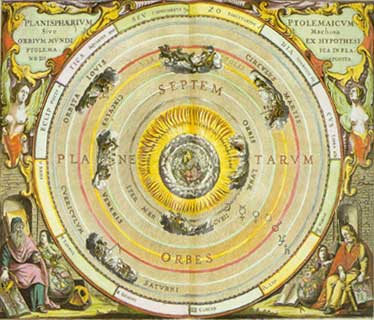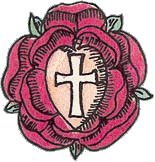Additional Guidelines for Submission

for Rose+Croix Journal Authors:
Papers should normally have a maximum length of 10-15 double-spaced numbered pages in 12-point font; approximately 3000 - 4500 words, including references. However, longer papers of exceptional merit will also be considered for publication.
All authors should be listed along with their institutional address(es) under the title.
All figures, photographs, and tables should have captions that are complete enough for the reader to comprehend without reading the text.
Figures and tables should be computer generated or professionally drafted and camera-ready for publishing. It is recommended that figures and tables be placed within the paper, and as close to the relevant text as possible – especially if the paper is long.
Internal consistency should also be maintained for other elements of style, such as equation numbering. As a guideline for authors who have no other preference, we suggest that equation numbers be placed in parentheses at the right column margin.
Double spacing should be used for equations, section headings, and section sub-headings, to place a blank line between adjacent lines of text. In addition, double spacing between paragraphs is recommended.
Right-hand or full justification should be avoided. Hyphenation (splitting) of words to improve the appearance of the right-hand margin should also be avoided. This is because right-hand justification and hyphenated (split) words create spacing problems in the computer files. Words that are hyphenated for reasons not related to the right-hand margin are acceptable.
A short acknowledgment at the end of the paper is permissible.
To break up the text and best use space, the Rose+Croix Journal occasionally uses quotations by famous scientists, philosophers, and other scholars, typically illustrating the theme of the paper. If you can identify one or two such quotations that lend impact to your paper, please include them on separate pages.
Conflict of Interest Statement: Authors must report any conflict of interest that includes whether or not their article promotes a business, product, procedure, or therapy from which authors may profit, whether financially or otherwise. This statement should appear under a separate heading titled "Conflict of Interest" that follows the article but precedes the references. The usual statement under the heading is simply "The author declares no conflict of interest." If that is not the case, then the author must indicate which products or services are in conflict within the contents of the article and against the spirit of the journal as a nonprofit, neutral, educational resource.


